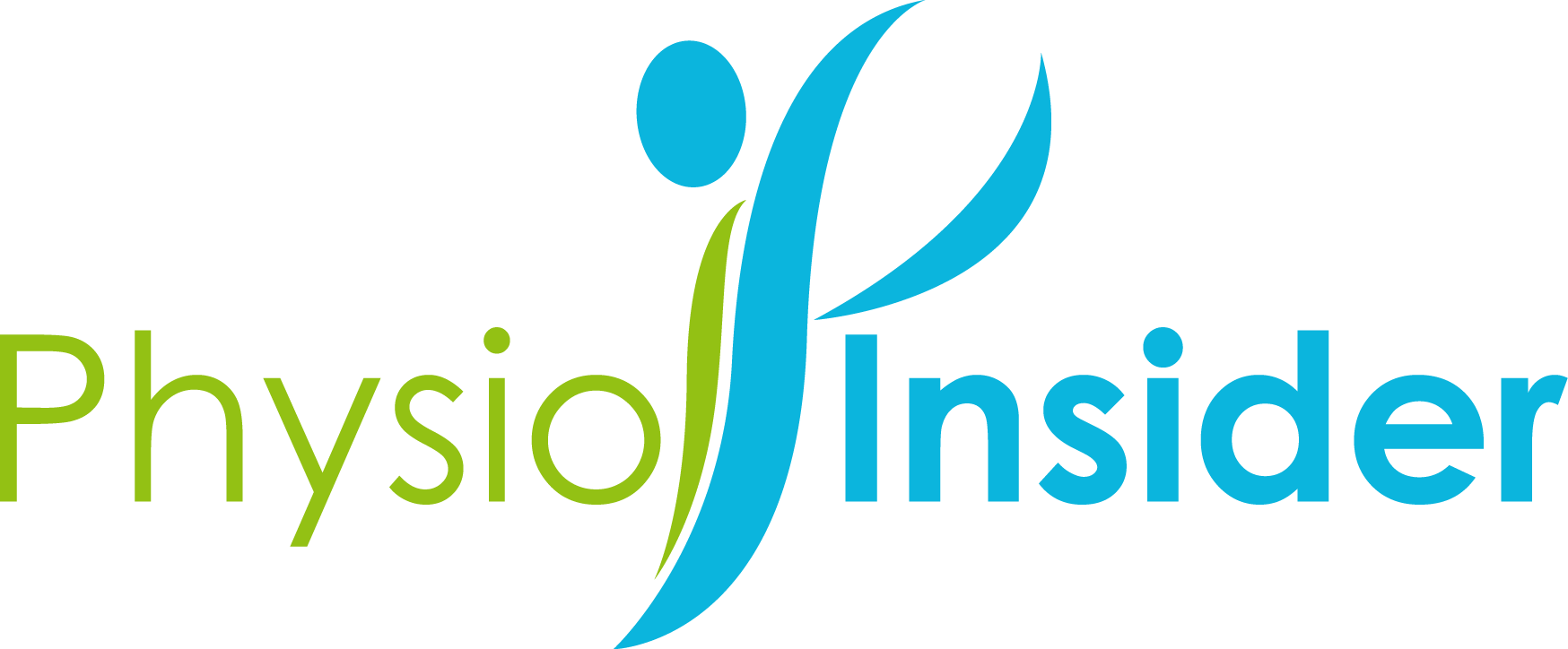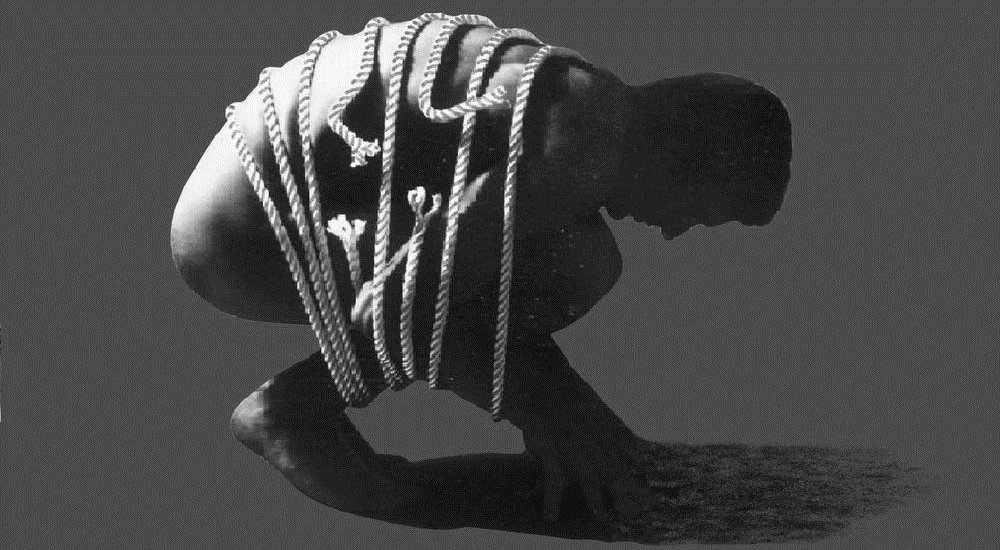Pain is possibly the most debilitative and restrictive aspect that bothers us the most. The majority of us would not feel like moving or doing much when we are suffering from pain. Yet it is movement, movement in the right direction, that would eventually get us better.
Pain initially serves to warn us of possible danger and that there are risks of damaging the tissues if we push any further. However, it is important to not be over-protective in the later phase of healing. Soft tissues need to be stimulated according to the phase of healing that you are in.Pain is in fact great in a sense that it allows us to better understand the problem itself! By being able to reproduce a patient’s pain, physical therapists would have a better understanding of which structures are possibly affected.
Listed below are different aspect of pain that would help your therapist pinpoint structures that might be affected:
History of Pain:
Trace back to most recent & ALL relevant previous episodes of pain, do not just focus on the articulation that is currently affected. Previous episode of back pain now being on the lower leg is not a good sign in most case. Similarly, pain at the foot can affect structures above such as the knees, hips, and the back as well. It would help your physiotherapist pinpoint the source of the pain if you are able to provide a brief summary of all traumas that might be relevant to your case.
Intensity of Pain:
The intensity of pain would give us an idea of the phase of healing a patient is in (acute, sub-acute, chronic phase) and whether there might be structures that are still constantly irritating the articulation.
Constant / Intermittent:
Constant pain usually indicates that it’s more of a chemical (inflammatory) as opposed to a mechanical problem; in most cases of constant pain, there is an inflammatory component to the problem or an articulation is getting irritated constantly.
Location of Pain:
This would give us an indication of which structures may be affected, pain may also be referred from elsewhere so do not panic if your therapists works on your back when you only have pain at the knee for example.
Quality of the Pain:
Burning, throbbing, boring, dull, electrical type of pain all points to different type of orthopedic injuries. * It would definitely help your physiotherapist if you can better describe the sensation that you feel as long as any numbness or tingling sensations on the affected area or anywhere else.
Triggering Factors:
Try to notice which posture / movement makes your condition worst.
Relieving Factors:
Try to notice which posture / movement makes your condition better or stable.
Note: By carefully listening to what our body is trying to tell us, it would give physiotherapists a better understanding of what is truly going on as opposed to accepting what the imaging tells us otherwise. Please see the “Physical Assessment & Imaging” section.

